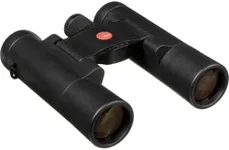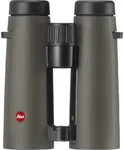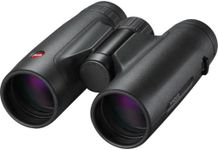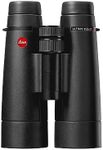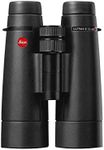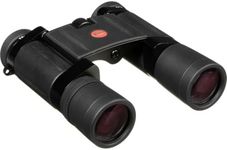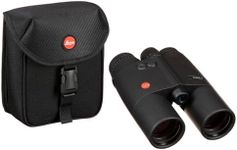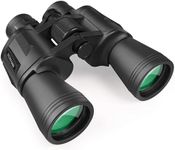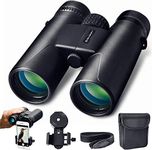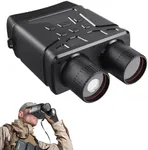Buying Guide for the Best Leica Binoculars
Choosing the right binoculars can greatly enhance your outdoor experiences, whether you're bird watching, hiking, or attending a sports event. Leica binoculars are known for their high-quality optics and durability, but it's important to understand the key specifications to find the best fit for your needs. Here are some essential specs to consider when selecting Leica binoculars.MagnificationMagnification refers to how much closer the object will appear compared to the naked eye. For example, 8x magnification means the object will appear eight times closer. Higher magnification (e.g., 10x or 12x) provides more detail but can be harder to keep steady and may have a narrower field of view. Lower magnification (e.g., 7x or 8x) offers a wider field of view and is easier to handle. Choose higher magnification for detailed viewing and lower magnification for broader landscapes or moving subjects.
Objective Lens DiameterThe objective lens diameter is the size of the front lenses, measured in millimeters. Larger diameters (e.g., 42mm or 50mm) allow more light to enter, resulting in brighter images, especially in low-light conditions. However, larger lenses also make the binoculars heavier and bulkier. Smaller diameters (e.g., 25mm or 32mm) are more compact and lightweight but may not perform as well in dim lighting. Choose larger diameters for low-light use and smaller diameters for portability.
Field of ViewField of view is the width of the area visible through the binoculars, usually measured in feet at 1,000 yards. A wider field of view allows you to see more of the scene without moving the binoculars, which is useful for tracking moving objects or scanning large areas. Narrower fields of view provide more detail but require more precise aiming. Choose a wider field of view for dynamic activities like bird watching and a narrower field for detailed observation.
Eye ReliefEye relief is the distance between your eyes and the binoculars' eyepieces while still seeing the full image. Longer eye relief (e.g., 15mm or more) is important for eyeglass wearers, as it allows them to see the entire field of view without removing their glasses. Shorter eye relief may be uncomfortable for those with glasses but can be suitable for those without. Choose longer eye relief if you wear glasses and shorter if you do not.
Weight and SizeWeight and size are important for comfort and portability. Heavier and larger binoculars can be tiring to hold for extended periods and may be less convenient to carry. Lightweight and compact models are easier to handle and transport but may compromise on some optical performance aspects. Choose heavier and larger binoculars for stationary use and lighter, smaller ones for travel and active use.
Waterproof and FogproofWaterproof and fogproof features protect binoculars from moisture and internal fogging, which can occur in humid or wet conditions. These features are achieved through sealed and nitrogen-purged designs. Waterproof and fogproof binoculars are essential for outdoor activities in varying weather conditions. Choose models with these features if you plan to use them in rain, near water bodies, or in humid environments.
Prism TypeBinoculars use prisms to correct the orientation of the image. There are two main types: roof prisms and Porro prisms. Roof prisms are more compact and durable, making them ideal for rugged use. Porro prisms generally offer better depth perception and a wider field of view but are bulkier. Choose roof prisms for a more compact and durable option and Porro prisms for better image quality and depth.

